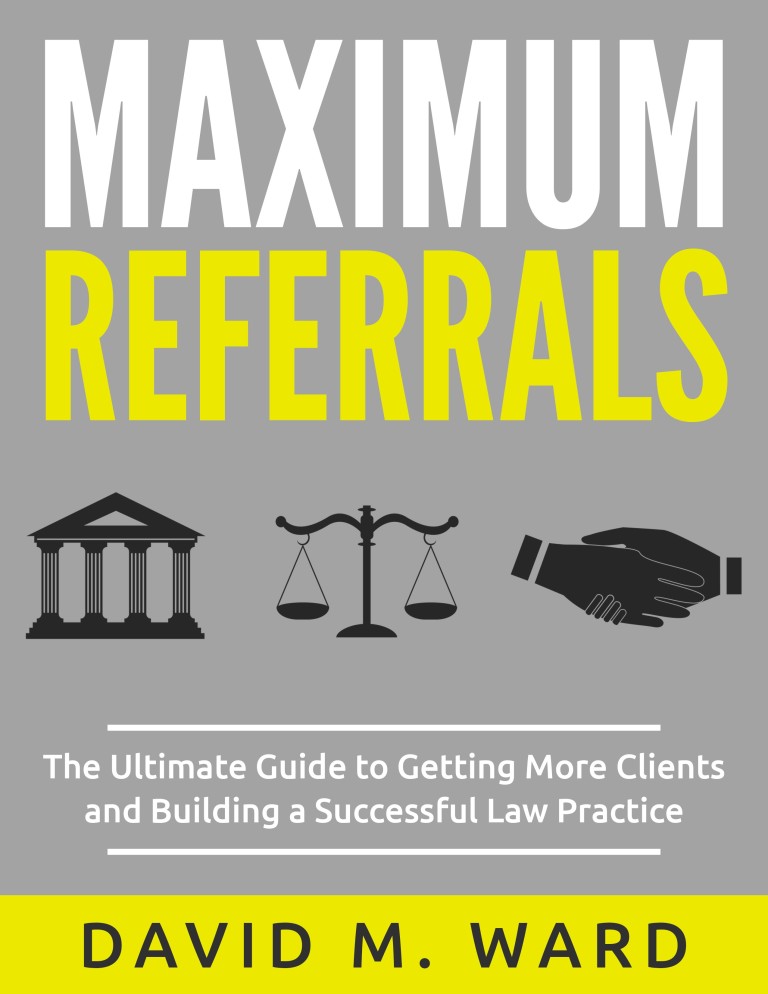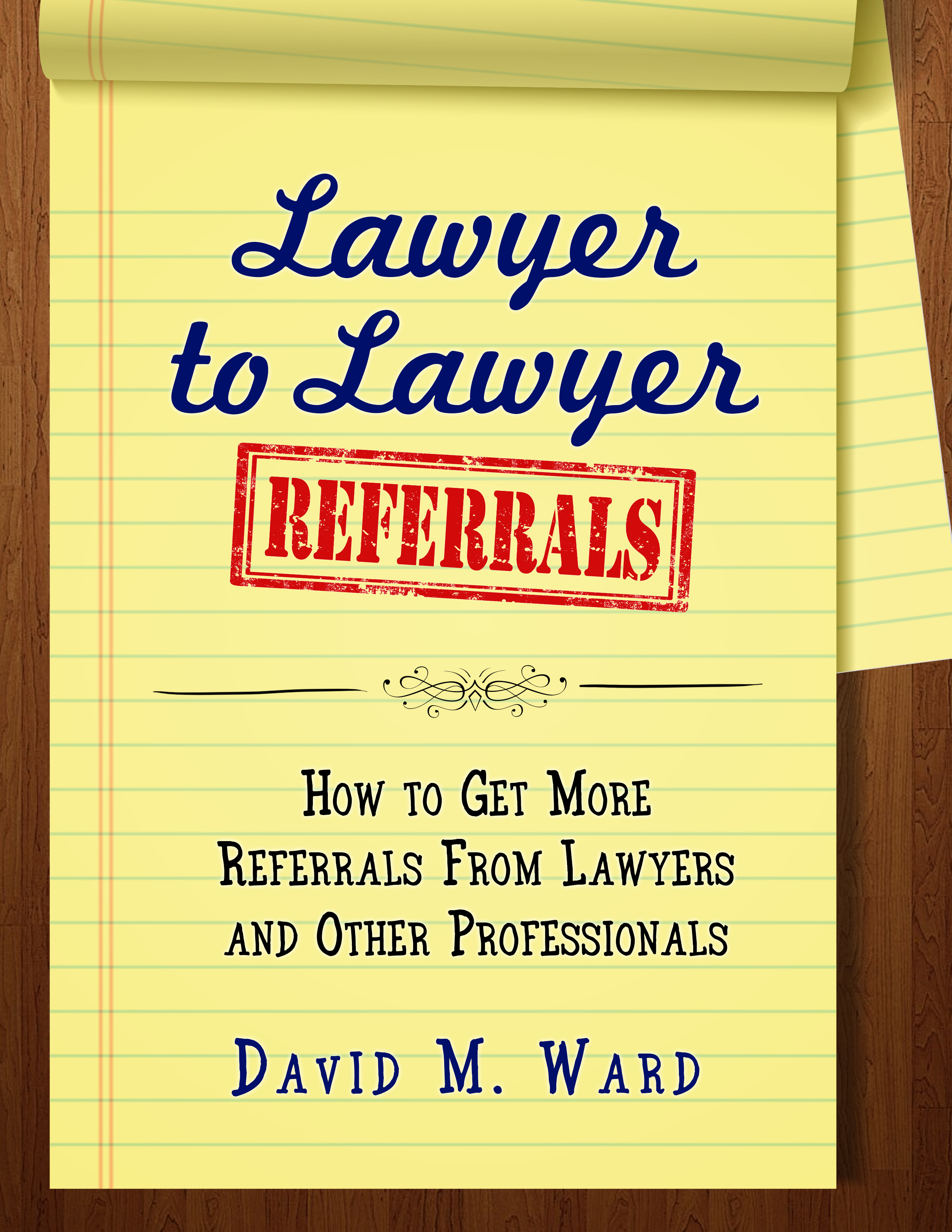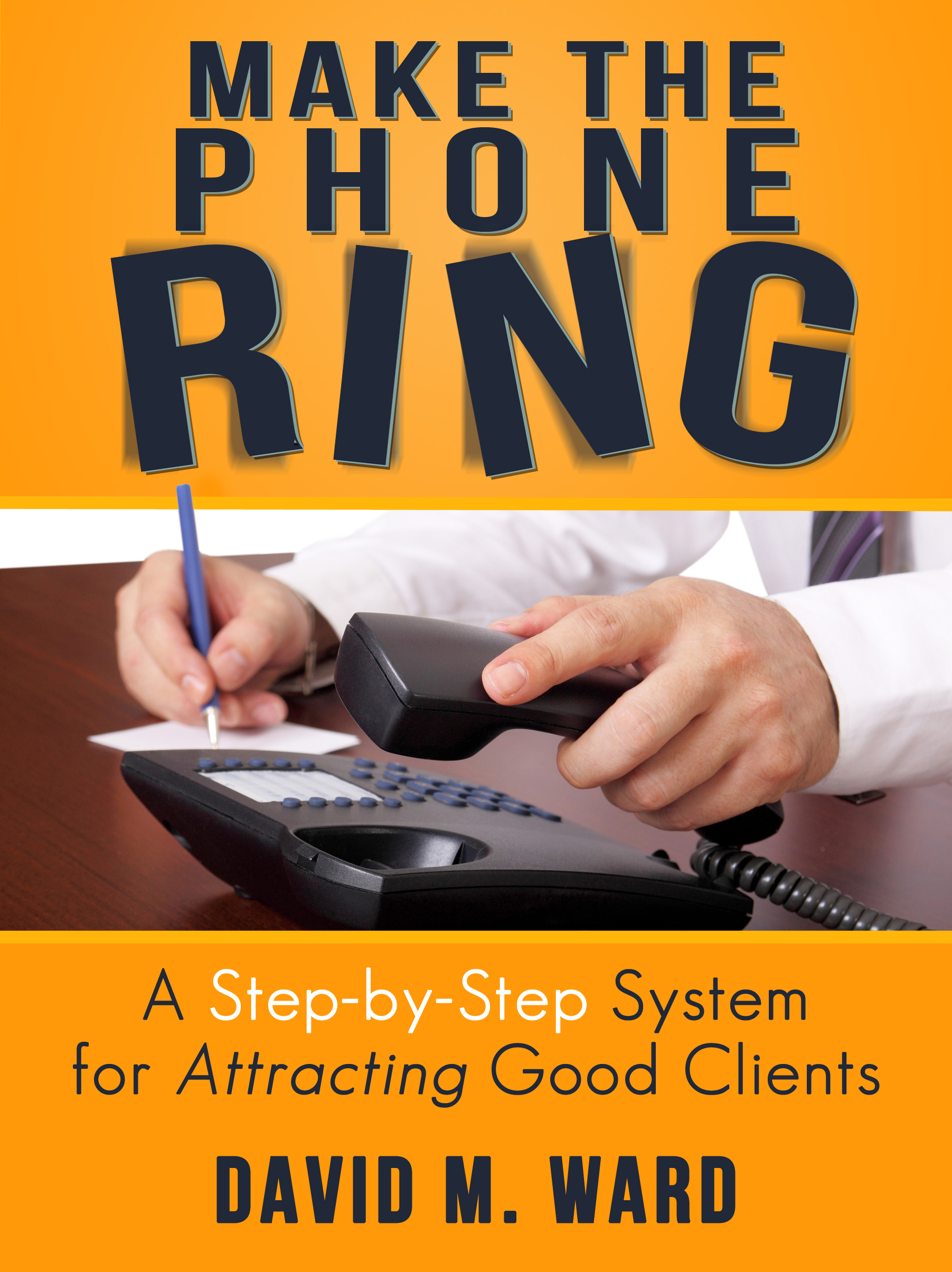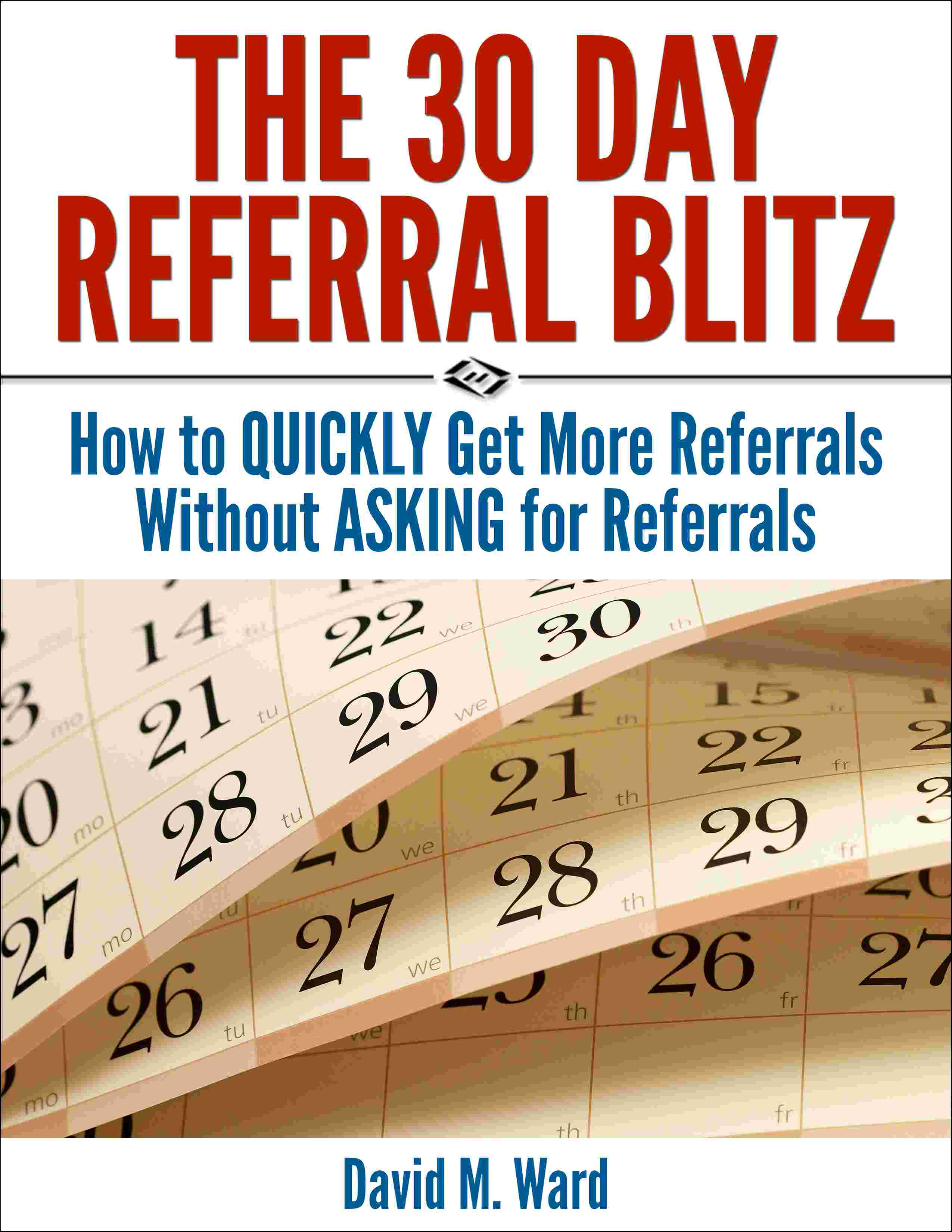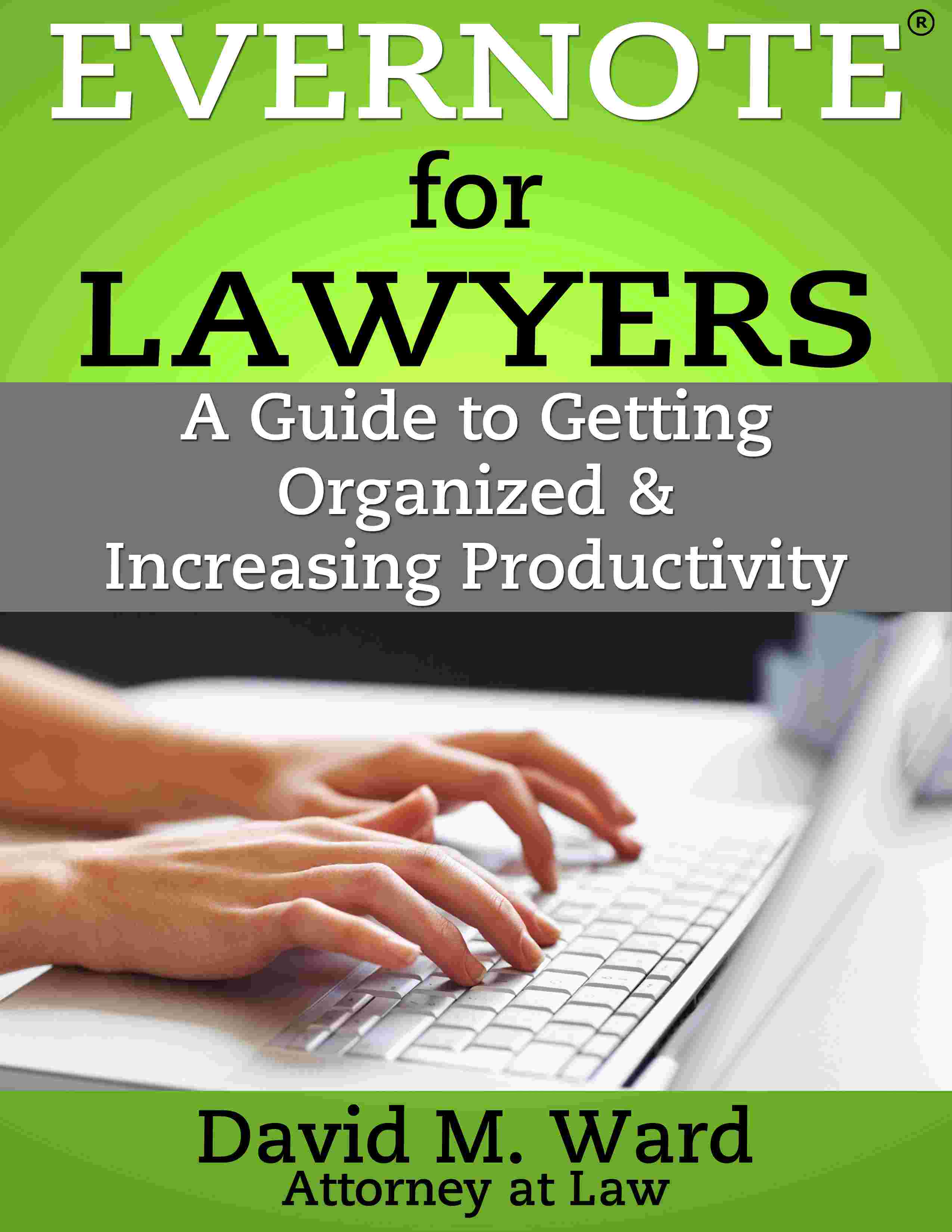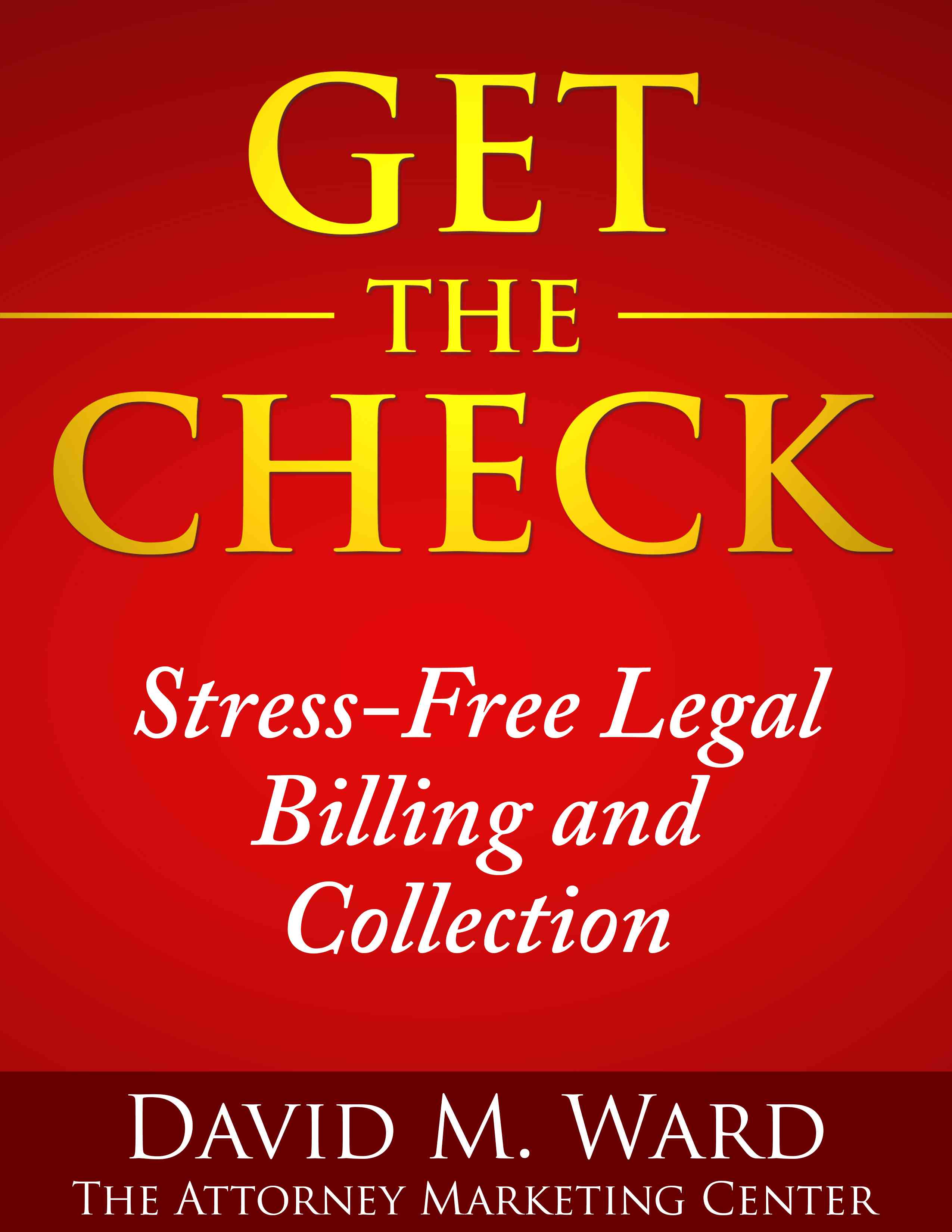A tiny list of subscribers can make you a fortune. It’s true. You don’t need tens of thousands or even thousands of subscribers to your newsletter, blog, podcast, or channel.
For one thing, someone who reads or listens to your content won’t know they are among a handful. And can be as impressive as any other attorney.
Your article or post shows them you know what you’re doing. They see you understand their problem and have solutions. They hear success stories about how you’ve helped others in their industry or market. And they get a sense of what it would be like having you as their attorney.
Instead of merely telling the world the services you offer and asking them to trust in your ability to deliver results, your content proves you know what you’re doing.
You can also leverage your content to score interviews and joint marketing alliances with other professionals and influential people (who also don’t know you have very few subscribers).
You might start small but as you post more content online, you get more traffic from search and social sharing. Your list grows organically, bringing you more leads and inquires and new clients.
Regularly posting content makes you a better writer and marketer. It helps build your reputation. It helps you attract referrals from lawyers in other jurisdictions who find you from afar. And it supports your speaking, networking, advertising, and other marketing efforts.
But even if nobody finds you online, your online content give you a place to send prospects and leads you generate from other sources. It also gives your clients a place to send people they know to find out more about you.
Your content is an online brochure of sorts, that speaks to your prospects on your behalf and shows them why they should take the next step.
You might post just 5 or 10 articles on your blog and never add another. But that’s more than enough to show the world you know what you’re doing and convince them to find out more.
How to start and grow a blog that makes your phone ring


